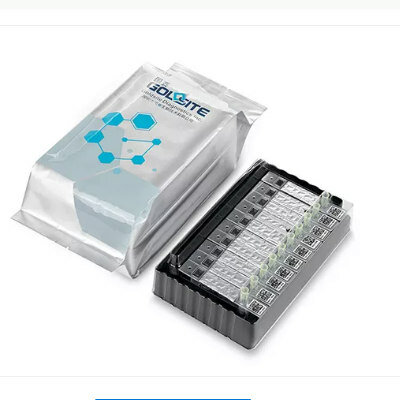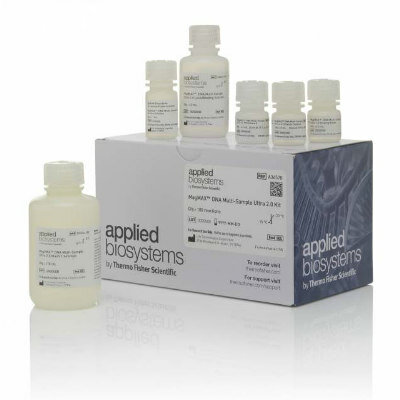Functional Levels of Vitamin C Measured
By Labmedica staff writers
Posted on 09 Jul 2008
Functional levels of Vitamin C (ascorbic acid) can now be measured, enabling physicians to diagnose a deficiency long before classic symptoms appear. Posted on 09 Jul 2008
Functional Intracellular Analysis (FIA) technology detects nutritional deficiencies regardless of serum levels. What is optimal for one person can be suboptimal for another, depending on such factors as metabolism, age, genetics, prescription drug usage, lifestyle, or illness. FIA takes all individual biochemical factors into account and finds individual deficiencies in order that they can be treated before they contribute to chronic disease states.
The demand for Vitamin C testing has increased in recent years. The vitamin has over 300 functions in the body. Studies have shown that it helps to prevent heart disease, cancer, and fatigue, and that it has a role in wound healing and general immunity. It is also a potent antioxidant, which is believed to protect against premature aging. However, very high levels of Vitamin C can interfere with chemotherapy regimes. Determining optimal levels of nutrients is extremely important, which means that results must be tailored individually to each patient's unique genetic and metabolic requirements. The more is better approach does not apply to all nutrients.
Developed by SpectraCell (Houston, TX, USA) FIA testing assesses the patient's nutritional status. Unlike traditional serum, hair, and urine tests, FIA measures how an individual's white blood cells function in specific nutritional environments. Over 30 vitamins, minerals, amino acids, and antioxidants are evaluated.
For years, our clients have requested that we add Vitamin C, but adding a nutrient to our panel is not a simple task. In many cases, it takes several months, even years to develop the recipe for the perfect media needed to measure a nutrient's functional levels in a patient, states Dr. Fred Crawford, VP of the company's operations. A functional level tells you so much more than a static level, which is what is measured in serum tests. Very few, if any, truly functional tests for Vitamin C existed before we added it to our panel.
Related Links:
SpectraCell













